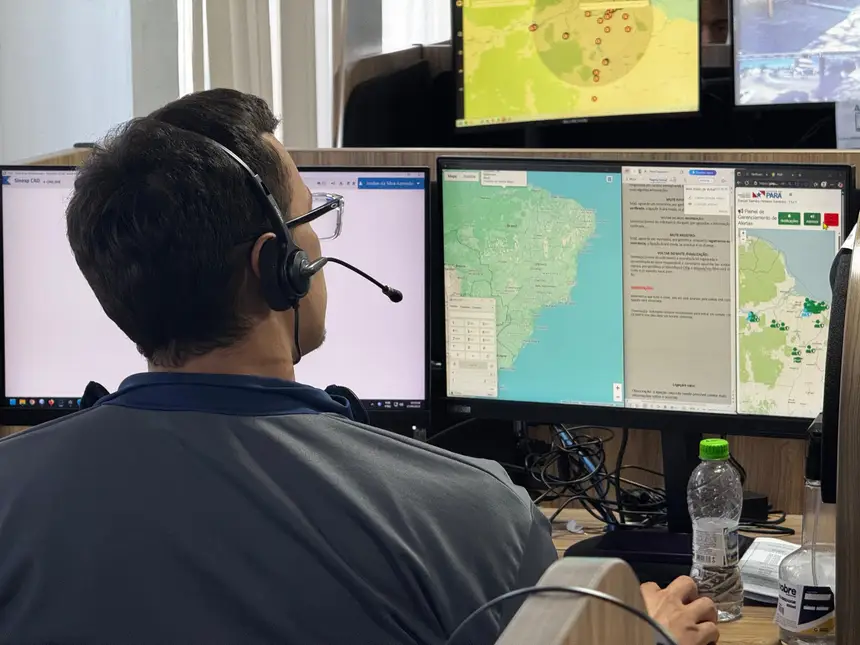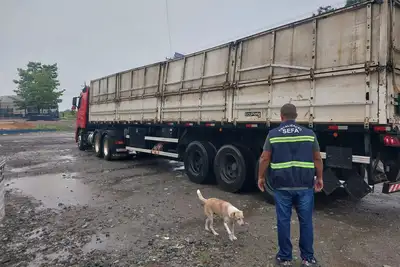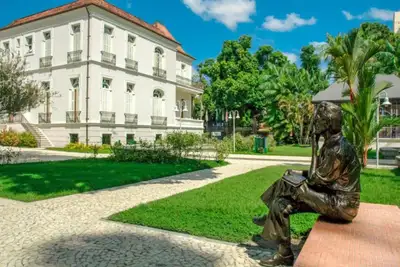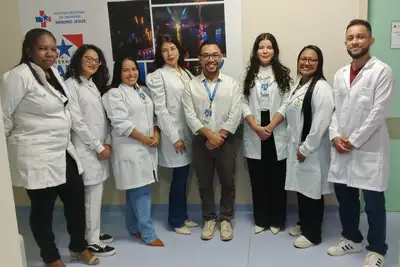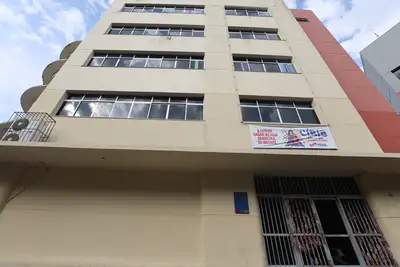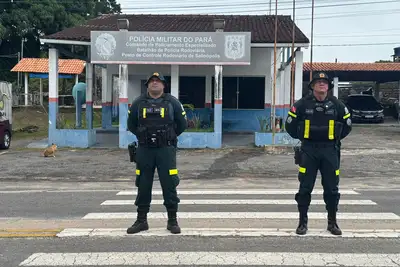New system streamlines the location of emergency and urgent calls made to Ciop
Pará is the second Brazilian state enabled for "Sinesp/CAD 3.0" from the Ministry of Justice, which updates information and streamlines the location of emergency and urgent calls to Ciop
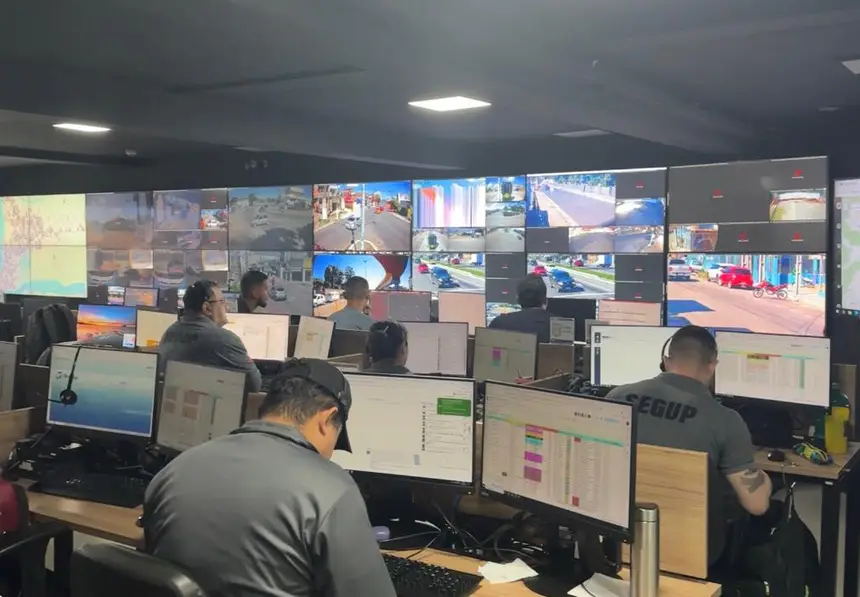
The Integrated Operations Center (Ciop), linked to the State Public Security and Social Defense Secretariat (Segup), has implemented the new version of the National Public Security Information System (Sinesp) and the Central Dispatch and Service (CAD) for operation in Pará. The system transition is being carried out with the support of a technical team from the Ministry of Justice and Public Security (MJSP). Pará is the second Brazilian state enabled for the new version, which streamlines the location of emergency and urgent calls made to Ciop.
The Sinesp/CAD is a communication channel that serves as support for emergency public services, facilitating communication between command centers and operational units serving the population. In addition to allowing efficient and coordinated dispatch of information about occurrences received by public security forces, it also enables resource management and optimizes operational planning.
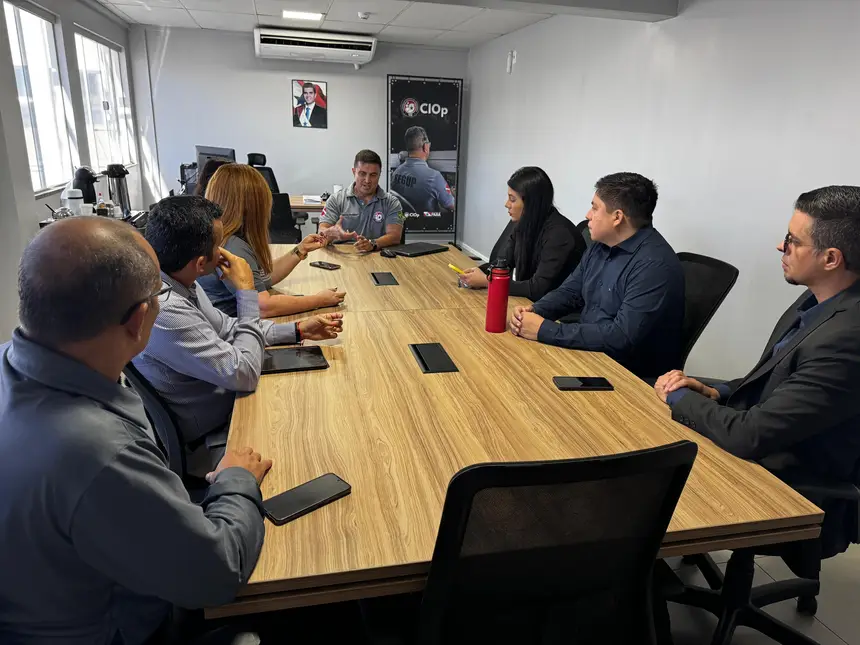
News - The previous version in operation in the Pará public security system was Sinesp/CAD 2.0. The new update has been in operation since last Monday (16). According to the director of Ciop, Lieutenant Colonel PM Felipe Aires, the operational team received training in recent months for the implementation phase of the updated system, with instructions and practical workshops. During this week, the Sinesp team is providing follow-ups and specific assistance for questions to improve the system. One of the main features of Sinesp/CAD 3.0 is the direct identification of the location of the person calling the service center within an approximate radius of 5 meters.
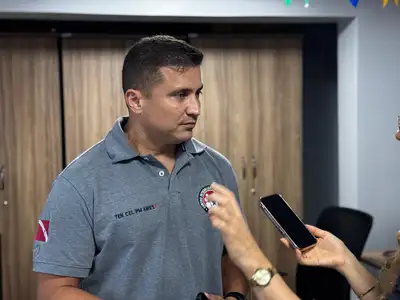
“We have practically eliminated the situation where a person does not know where they are, does not know the name of the street, or does not have any point of reference, because this can happen when a person is nervous or really does not know the address they are at. So, this is a very interesting new feature that is already being put into practice to further assist our work,” explained the director.
Another new feature is the direct activation of security agents in operation through their cell phones with the “Sinesp Mais” application. The integration allows the occurrence registered in the system to be sent directly to the application, with all the information, without needing to go through radio verification.
“The agent will know the location, what is happening, the names of the people involved, they can plot a route using a GPS application to reach the occurrence location, the type of occurrence, those involved, and in the end, they can provide their report via their own cell phone,” pointed out Aires. The occurrence can also be finalized by the agent themselves, and later, the closure will be done by the Ciop operator.
Integrated system - The location of the call is a collaborative effort made with Anatel and mobile operators with the Ministry of Justice. The functionality is available within the CAD, and after formalizing the interest of the state or municipality and permission for information sharing with the Ministry, Anatel is activated.
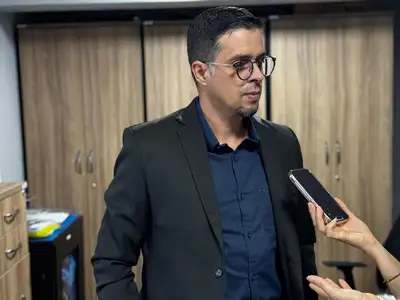
“The Ministry contacts Anatel stating that the federative unit has authorized those information to be transmitted via CAD and thus, without any additional local configuration needed, the operator will start receiving that information on the screen for the emergency response,” explained Rafael Rodrigues, general coordinator of Sinesp.
The system prioritizes GPS and Wi-Fi information that are connected to the device that made the call. If the information is not available, triangulation of the towers is used to bring the information from the nearest locality to the occurrence.
Text: Esther Pinheiro with supervision from Walena Lopes (Ascom/Segup)


